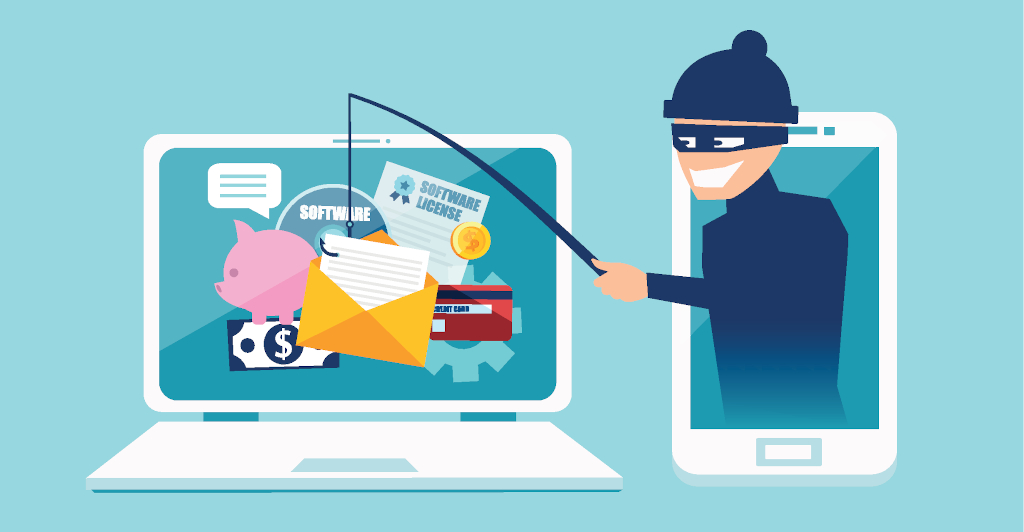The pandemic provided a much-needed boost for online businesses by transitioning consumers to the digital space from brick-and-mortar stores. Buoyed by this sudden enthusiasm, the eCommerce sector in the US crossed $1 trillion in 2022. The convenience and ease of e-retail have certainly boded well in its favor when it comes to attracting shoppers. But it also represents a lucrative business model for companies looking to lower operating costs and access larger audiences.
However, as more enterprises flock into the digital sphere to make use of its many advantages, scams have also increased with equal fervor. Online payment fraud alone is expected to cost eCommerce businesses $48 billion in 2023.
If left unheeded, scams can threaten the very existence of e-retailers, especially the small and medium-scaled ones. So, understanding the threats involved, their warning signs, and how you can tackle them effectively is critical for building a sustainable and successful enterprise online.
6 Types of Online Business Fraud
Scams are not always directed by anonymous cybercriminals hiding on the dark web. Your company can encounter fraud through suppliers, customers, and even employees.
Here are the common threats to eCommerce businesses:
1. Check scams
A customer can overpay using a fake check and get your business to transfer the excess amount before the check bounces.
2. Friendly fraud
This is when customers dispute a payment with their bank or credit card company, ultimately resulting in a chargeback. It can happen due to genuine reasons or misunderstandings. But it could also be led by fraudulent motives. For example, a customer could request a chargeback when they don’t recognize the name of a company or payment description on their credit card statement. Or, they may raise a fraudulent payment dispute claiming a product never arrived when, in fact, they have already received it in good condition.
3. Fake invoices
Suppliers could also target you for scams by, for example, billing you for products or services you have not obtained.
4. Imposter scams
Scammers could impersonate government organizations, utility companies, suppliers, and other known parties with financial fraud in mind. For example, they may pretend to be a utility service provider and demand that you immediately settle an overdue payment if you want uninterrupted service.
5. Data theft
Fraudsters can steal confidential business data, including customer information, bank details, supplier agreements, and business plans. For them, all these could lead to substantial financial gains. For instance, they can sell customer databases on the dark web or use them for financial crimes. Similarly, they could sell supplier information and business plans to your competitors, compromising your strategic advantages. These scammers may even steal your business identity and carry out a variety of deceptive activities under your company name.
Data theft can occur in several ways. Business email compromise (BEC) attacks are the most popular. This is when cybercriminals impersonate a company executive or another known individual to persuade employees to divulge sensitive information. Malware attacks can also help track and infiltrate data on business devices. Even employees could be part of a data theft scheme.
6. Services fraud
Businesses that provide various services, from consulting and advertising to equipment leasing, can also target you for a scam. They may, for instance, use vague communications and misleading contract terms to tie you into costly service agreements.
The Critical Warning Signs
So, what type of red flags should you watch for to identify online business fraud?
- The use of urgency, pressure, and fear tactics to persuade you and your employees to act quickly.
- Behaviors, requests, communications, and language that is atypical of someone you know. These could be important signs of impersonation or fraudulent behavior.
- Requests for payments or refunds using untraceable methods, including wire transfers and gift cards.
- The use of unclear, confusing, or misleading language in emails, letters, invoices, contracts, and other documents and communications.

Protecting Your Business from Common Scams
Whichever type of fraud you encounter, the results are often the same. They can involve loss of data, money, productive work hours, competitive edge, and, most importantly, the trust of key stakeholders. By taking proactive steps, you can prevent and mitigate many of these risks.
- Set policies in place for returns and refunds.
For example, define how customers should raise concerns and the actions that will be taken in each instance. This will provide clarity on your company policies for all parties involved. Also, refunds should be made only to the card or account from which the initial payment was received.
- Check order details and document them accurately.
Ensure all necessary information from the client is collected, documented, verified, and processed correctly by employees. These include customer names, delivery addresses, product descriptions, prices, payment details, and special requests. A data management system could streamline this process, eliminate most human errors, and help integrate checks and controls.
- Raise awareness.
Educate employees about spoofing, impersonation, phishing, malware, BEC, and other prevalent threats that could compromise their safety and that of the business. Train them on techniques and measures to ensure safety. For example, teach them how they could use PhoneHistory to identify genuine callers from imposters and how they should tackle a fraudulent call.
- Assign clear responsibilities.
Establish job descriptions and KPIs to provide clarity on each employee’s role and responsibilities so they understand what is expected of them. Also, use policies and standard operating protocols to define how staff should perform critical tasks. For example, for employees and managers privy to sensitive business data, set protocols on how they should share information. In addition, determine procedures for requesting business-critical data from others.
- Set up robust security infrastructure.
Apart from your own business records, you also likely store important information relating to your customers, suppliers, and other third parties. This creates an ethical and legal obligation to ensure data safety. So invest in firewalls, virus guards, access controls, and other security measures.
- Do your due diligence.
Any internal or external engagement can pose a risk to your online enterprise. By assessing these risks beforehand, you can identify potential threats and make better decisions. Therefore, conduct background checks before hiring employees, selecting suppliers, or working with large-scale customers. Review agreements before signing on the dotted line. And avoid responding to random online ads or sales calls for business services or equipment without prior research.
To Conclude
Fraud-related threats to online businesses are becoming increasingly prevalent as more enterprises enter the thriving eCommerce space. Check scams, friendly fraud, fake invoices, imposters, data theft, and services fraud are some of the most common types of crimes reported over the recent few years. While government and law enforcement agencies work on curbing their advances, ensure you take sufficient steps to bolster your defenses and minimize risks.






